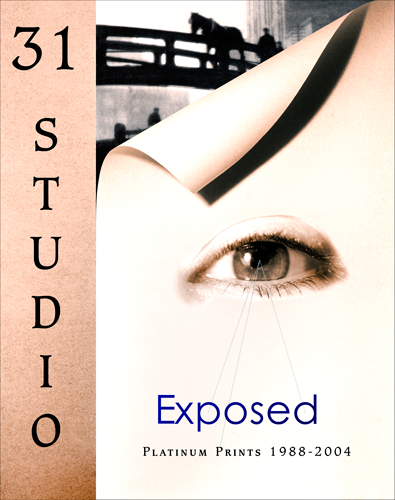HOME
ABOUT US
HISTORY
EXHIBITIONS - 2020
EXHIBITIONS - 2019
EXHIBITIONS - 2018
EXHIBITIONS - 2016
EXHIBITIONS - 2015
EXHIBITIONS - 2014 & OLDER
MAGAZINE ARTICLES
FILMS
PUBLICATIONS
COLLECTIONS
CONTACT US
LINKS


Alvin Langdon Coburn
Lewis Carroll
Méndes
John Kobal Foundation
Jacques Henri Lartigue
Curtis Moffat
Frank Worth
Bailey
Cheryl Forgét Cohen
Edward Piper
Norman Watson
The Douglas Brothers
Peter Lavery
Paul Caffell
Linda McCartney
Jimmy Wormser
Paul Kilsby
Stephane Graff
John Swannell
Bob Carlos Clark
Bryan Adams
Mary McCartney
Liam Lawless
Richard Sawdon Smith
Michael Woods
Max Caffell
Dazeley
Dominic Burd
Stephen Colover
Michael Putland
Koo Stark
Simon Starling
